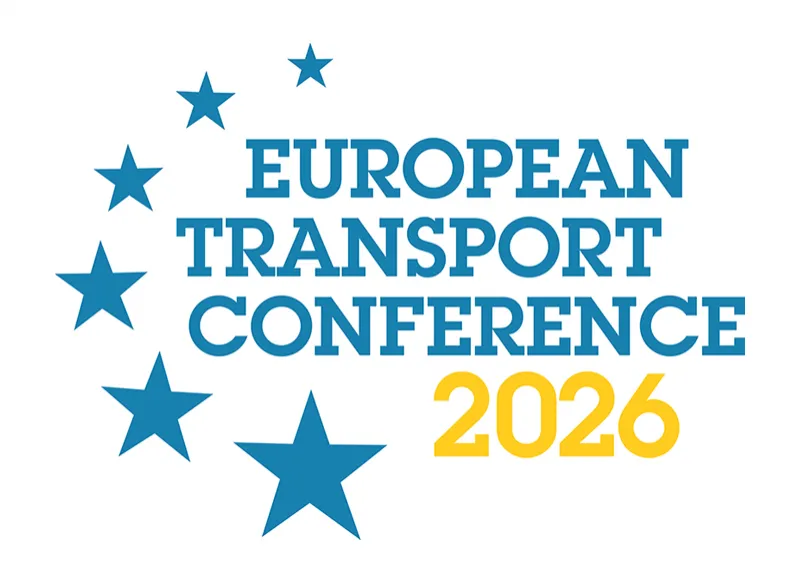-
Past ETC Papers

Browse, search and view papers from the past AET Conferences.
-
Members' Area

AET promotes networking and exchange of ideas, information and opportunities amongst members.
Conference Papers 2022
Milan, Italy
ETC Conference Papers 2022
MULTISTATIC LiDAR SENSORS FOR ADVANCING SAFETY OF AUTONOMOUS VEHICLES
Seminar
Day 3 (9 Sep 2022), Session 8, AUTONOMOUS VEHICLES – DESIGN AND IMPACT, 09:30 - 11:00
Status
Accepted, documents submitted
Submitted by / Abstract owner
Zeina Nazer
Authors
Zeina Nazer
Prof Otto L Muskens
Dr. Ben J Waterson
Short abstract
LiDAR sensors (Light Detection and Ranging) have several applications and have been expanding rapidly and are now part of smartphones.
Abstract
This research endeavour aims at exploring multistatic LiDAR sensors to better locate objects with the ultimate aim of improving safety of autonomous vehicles.
Improving road safety is not being achieved. There are still traffic accidents, mainly caused by human errors. The autonomous vehicles claim to reduce traffic accidents if they can ‘see’ like humans without making mistakes like humans. Arguably, if all vehicles are equipped with sensors suites, including LiDAR technology along with other sensors, human errors could be eliminated. However, this is not being achieved to date.
Multistatic considerations can be similarly applied to radar, sonar and LiDAR applications. Multistatic LiDAR is a system containing multiple monostatic or bistatic LiDARs with LiDAR components spatially diverse looking into a shared area of coverage.
The challenge in the race of autonomous vehicles achieving full autonomy is to improve the performance of sensors to reliably detect the surrounding environment at least as safely as with a competent human driver sat in the driver’s seat. This research is much needed and timely as there is a shift of focus of technologies in transport towards people rather than cars.
Limited literature review was found on multistatic LiDAR, however research on multistatic Radar concluded it can improve resolution. Radar and LiDAR are similar in techniques. Radar emits radio waves while LiDAR uses lasers with lower wavelength and higher accuracy allowing to detect smaller objects. The combination of multistatic radar with deep learning also showed good results. Deep Learning have become indispensable in the design and implementation of autonomous vehicles. Previous work showed it is possible using deep learning with lasers to access the hidden environment. Also, LiDAR sensors combined with a camera used deep learning and got significantly better reconstruction of image from fewer measurements. Additional work was conducted on the application and flexibility of deep learning techniques and how they can give better results for traffic signals if combined with LiDAR sensors. Some very recent work was conducted on the use of multistatic Radar for automotive applications. The work mentioned gap in the work of multistatic LiDAR for automotive industry. The combination with neural network could provide advanced results.
The novelty in this research is to explore how to improve object detection and position finding through experimental multistatic LiDAR hybrid solution using triangulation and deep learning.
Programme committee
Intelligent Mobility - Management and Operation
Documents:

Association For
European Transport
Forester House
Doctors Lane
Henley-in-Arden
Warwickshire, UK
B95 5AW
+44 (0) 15 64 793552
VAT number: 710 1866 64
Conference Supporters & Endorsers




Legal Entity
The Association for European Transport is registered as an Association ('vereniging') with the Chamber of Commerce for Haaglanden in The Netherlands under company number 27170096.
Built on Zenario




